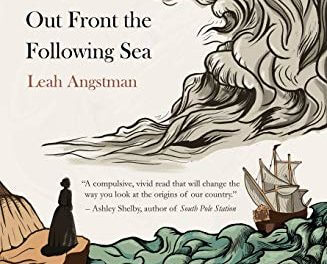In Blue Desert, Alice George, a headstrong young woman of sixteen, is trapped by the societal constraints of Edwardian England and a family that doesn’t understand her. In 1910 her father moves the family to Morocco, and her life finally changes. On a drive with her father and younger sister, their driver has an accident and overturns the automobile, trapping her father and sister. Alice is thrown free. When a Taureg man carries her away from the accident site, she considers herself less kidnapped than liberated. The desert, so open, inviting yet hostile, intrigues her as do the Tuareg, a matriarchal society very different from male-dominated England. She lives with the nomads until, with the onset of World War I, she leaves the Tuareg and returns to England in 1917. Alice must find her way through the landmines of Edwardian England which is completely different from what she remembers. Her family doesn’t understand what has happened to her, so Alice hides her Tuareg life in her deepest soul, not even allowing her husband access to her memories. Alice’s two worlds collide when she is seventy-eight.
The prose here is understated, the details sensuous and exquisite. The novel is deeply rooted in nature with lush descriptions of the seemingly empty Sahara desert and the moors and woods of Devonshire. The characterizations are complex, especially Alice. Jeffries weaves a tale of colliding cultures with collisions reverberating though individual cultures as well with undercurrents of “progress” coming to the Tuaregs. She contrasts the free nomadic life of the Tuaregs and the colonialism espoused by the British. Alice is unabashedly feminist in an age when women are bound to strict societal roles. Be prepared to root for an exceptional protagonist.
********************
Blue Desert (Rootstock Publishing, April 20, 2021) is available through:
********************
This post contains Amazon Affiliate links. As an Amazon Associate, I may earn a small amount from qualifying purchases.













